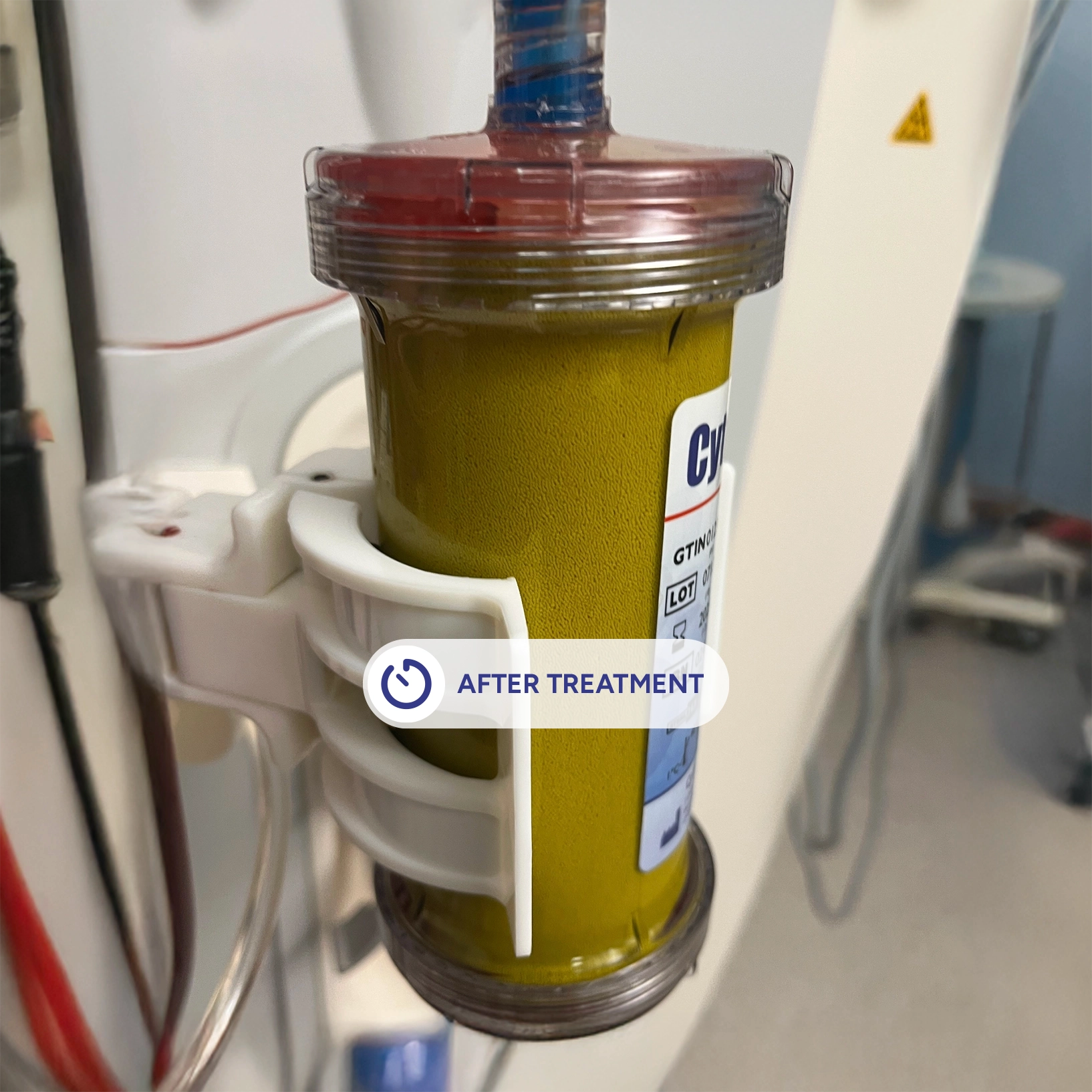Our Therapy
What CytoSorb Therapy can mean for you
Our body is a very complex structure that works well as long as everything is in balance. However, it may become imbalanced and unable to regulate itself. When these problems occur, they need to be addressed quickly to prevent damage, i.e., unwanted levels of certain substances may need to be removed to support restoration of balance and potentially contribute to the improvement of the patient's health.
Watch the simple explanation
When serious imbalances and associated illnesses occur, CytoSorb has been proven to help your doctor stabilize your system. CytoSorb can help protect vital organs, reduce bleeding complications, and promote faster recovery.

A Chance to Save Lives
Watch Vinil’s story
Additional Information
- Jansen et al., Crit Care 2023; 27(1):117
- Diab et al., Circ 2022; 145(13):959-968
- Scharf et al., Sci Rep 2021; 11(1);10190
- Albrecht et al., Blood Purif 2024; 53(2):88-95
- Hassan et al., JTCVS Open 2023; 15:190-196
- Chen J et al, Regenerative Biomaterials 2017; 4(1):31-37
- Waalders et al., Crit Care Med 2024; 52(4):e152-e153
- Bernardi et al., Crit Care 2016; 20(1):96
- Poli et al., Crit Care 2019; 23:108
- Gleason et al., Sem Thorac Cardiovasc Surg 2019; 31(4):783-793
- David et al., J Int Care 2017; 5:12
- Kogelmann et al., J Clin Med 2024; 13(1):294
- Soltesz et al., J Clin Med 2022; 11(12):6517
- Rugg C et al., Biomedicines 2020; 8(12):539
- Szigetvary et al., Biomed 2023; 11811):3068
- Riva et al., J Artif Orgs 2023; epub
- Grafe et al., Ren Fail 2023; 45(2):2259231
- Hassan et al., Ann Thor Cardiovasc Surg 2022; 28(3):186-192
- Hassan et al., Ann Thorac Surg 2019; 108(1):45-51
For further information and help, please contact your doctor and ask about CytoSorbents’ therapies.

CytoSorbents
Voices around the world








